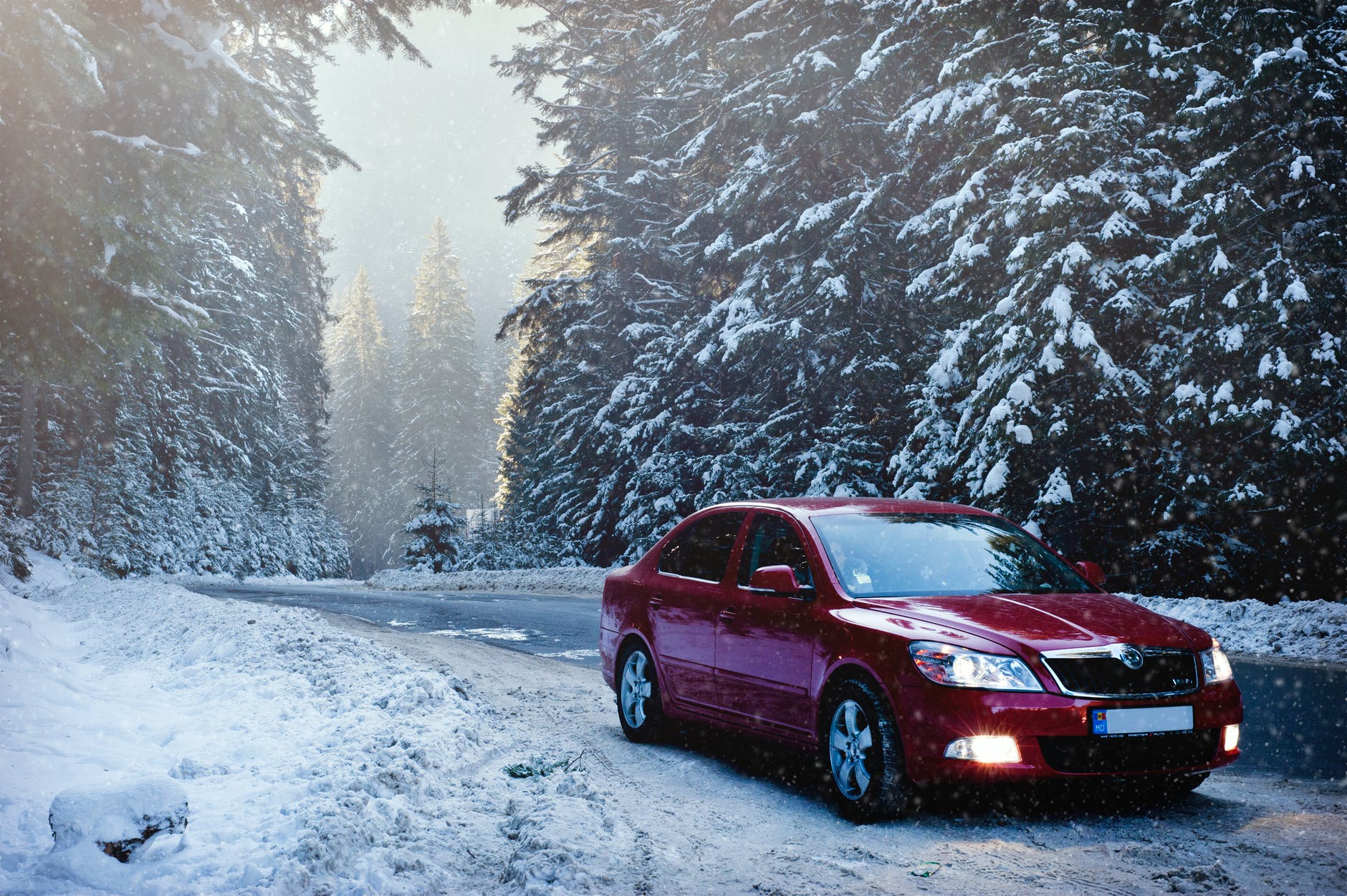The winter accident statistics in the UK make for stark reading, with one accident occurring every hour in conditions such as ice, darkness, fog, floods and heavy snow.
In total, 44,783 wintery weather accidents occured between 2016 and 2020, with Kent accounting for 402 of these and considered to be the most likely location for this type of incident to occur.
But what steps can you take to drive safely on UK roads? Here are some tips and ideas to keep in mind:
1. Prepare Your Car for the Winter
It’s important to be proactive when keeping yourself safe during the course of winter driving, and preparing your vehicle to cope with the harsh weather conditions and terrain is particularly crucial.
This can include a number of actions and steps, from the replacement of windscreen wipers (which are likely to be put under increased strain in the winter) to checking the functionality and effectiveness of your brakes.
We’d also recommend changing to a set of winter tyres, which are designed to be used when the roads are wet and much slippier than normal (although not necessarily in snowy or icy conditions).
Just remember that such tyres aren’t intended to be used on your vehicle all-year-round, so you’ll have to replace these in the months of spring too.
2. Have the Right Supplies on Hand
There are also a number of handy tools that you’ll need to maintain your car during the winter months, many of which should be kept in the vehicle and can be sourced for relatively small sums of money.
For example, you’ll definitely need an ice scraper for instances where your windscreen needs to be de-iced, along with a dedicated de-icer spray and a cloth.
Remember, the winter months also bring dark mornings and early evenings, so a torch may also be handy when trying to prepare your vehicle for travel in the dark.
You may even want to keep some additional warm clothing in your car, in order to protect yourself in instances where you experience a breakdown and have to wait for a recovery car in the biting cold.
3. Improve Your Driving Skills
Not only are there different recommended stopping distances depending on the speed that your vehicle is travelling, but these always vary according to the weather conditions.
While the recommended stopping distance is 35 metres on a dry road when travelling at 50 km/hr, for example, this increases to 40 metres or more in wet conditions. When travelling at the same speed on a snow-covered road, this distance increases to 55 metres, while the minimum requirement in icy conditions increases to 87 metres.
It’s important to understand these distances in detail, so that you can drive safely while protecting both yourself and other road users.
In terms of additional driving tips, it’s also recommended that you start in second gear to minimise wheelspin when navigating snowy roads, while planning your route ahead of time can help you to avoid the worst conditions.

